41 reading food labels sugar
How to understand food labels | Eat For Health Sometimes labels will include nutrition content claims like 'low fat', 'reduced salt' or 'high fibre'. These claims can only be used if the food meets certain criteria. For example, with a 'good source of calcium' claim, the food must contain more than a set amount of calcium. While nutrition content claims can generally guide ... Understanding Ingredients on Food Labels - American Heart … Web06.03.2017 · There are many terms used for sugar on food labels. You might see sugar listed as the fourth ingredient in a product and think it’s not so bad. But sugar can also be listed as high-fructose corn syrup or corn syrup, agave nectar, barley malt syrup or dehydrated cane juice, to name just a few. Read more about sugar and sweeteners.
Food labels - NHS Some front-of-pack nutrition labels use red, amber and green colour coding. Colour-coded nutritional information tells you at a glance if the food has high, medium or low amounts of fat, saturated fat, sugars and salt: red means high amber means medium green means low In short, the more green on the label, the healthier the choice.
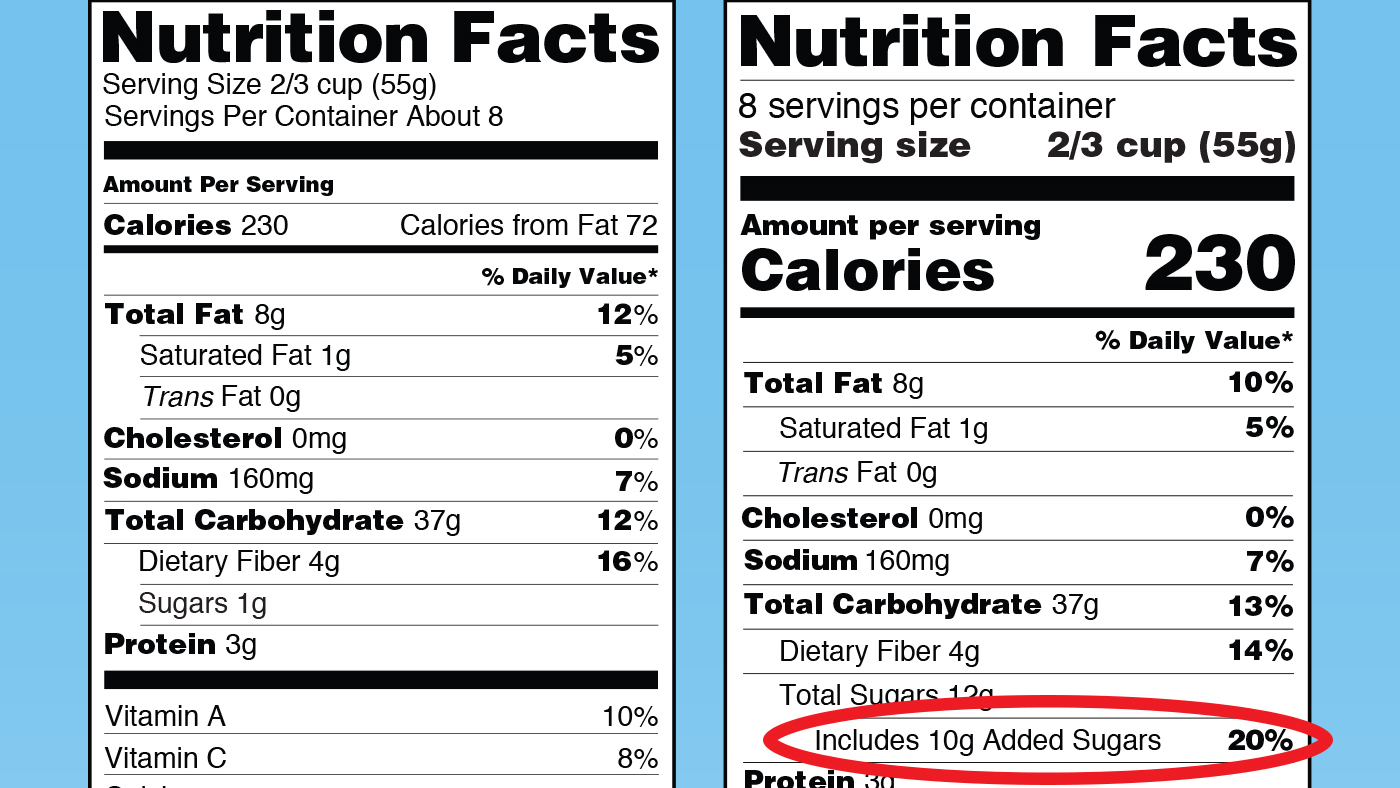
Reading food labels sugar
Food label reading guide | Nutrition Australia Reading food and drink labels can help us make healthy choices. Food and drink labels will include information about the product, where and when it was made and a statement of ingredients, as well as any warnings or allergen statements. Most food or drink packages have a Nutrition Information Panel (NIP) which tells you the quantity of various nutrients a product contains per serve and per 100g or 100 ml. Understanding Food Labels | The Nutrition Source | Harvard T.H. Chile implemented the Law of Food Labeling and Advertising in 2016, comprised of mandatory front-of-package (FOP) warning labels, restrictions on child-directed marketing, and the banning of sales in schools of all foods and beverages containing added sugars, sodium, or saturated fats that exceeded set nutrient or calorie thresholds. [1] Sugars on food labels - Sugar Nutrition Resource Centre The Nutrient Information Panel on the back of the pack, shows detailed information on the average amount of energy, protein, fat, saturated fat, carbohydrate, sugars and sodium (a component of salt) in the food, as well as any other claim that requires nutrition information. It shows this information in a serve and also in 100ml (liquid) or 100 ...
Reading food labels sugar. Sugar - natural, added, health risks, cutting intake, substitutes ... WebCheck food labels, as above. Sugar-sweetened drinks can make it easy to overconsume sugar because they don’t help your body to feel ‘full’ or satisfied. To reduce added sugars, you could also: replace breakfast cereals containing dried fruit with fruit-free muesli or porridge; cook eggs for breakfast ; buy plain, unsweetened yoghurt and add fresh fruit to … Reading food labels: Tips if you have diabetes - Mayo Clinic Reading food labels: Tips if you have diabetes Start with the list of ingredients. When you're looking at food labels, start with the list of ingredients. Keep an eye... Consider carbs in context. If your meal plan is based on carbohydrate counting, food labels become an essential tool. Put ... How to Read a Label - Natural Sugar versus Added Sugar Food labels lump together all forms of sugar under Carbohydrates. There are two forms of sugar in the food we eat. There is *natural sugar* in fruits and even vegetables called fructose and in dairy products called lactose - then there are ADDED sugars - white, brown or powdered sugar as well as high fructose corn syrup, maple syrup or honey in ... LABEL READING: CARBOHYDRATES AND SUGARS - Renaissance Nutrition Center ... At this point, you cannot tell how much sugar the manufacturer has added; when the food labels change in 2018, there will be a line named "added sugars." One teaspoon of sugar or sugar equivalent is 4 grams of sugar, 16 calories. Products we call sugars are often included in Total Carbohydrates, but not in the Sugars listings.
5 ways to spot added sugars on food labels When reading the food labels, remember four grams of sugar is equal to one teaspoon. The American Heart Association recommends women consume no more than six teaspoons and men no more than nine teaspoons of sugar per day. 5. Read the label top to bottom Items on food labels are listed in order from largest to smallest quantity. How To Read Food and Beverage Labels - National Institute on Aging At the top of the Nutrition Facts label, you will find the total number of servings in the container and the food or beverage's serving size. The serving size on the label is based on the amount of food that people may typically eat at one time and is not a recommendation of how much to eat. Read more about serving and portion sizes. Understanding sugar content on food labels - Diabetes Care Community On a food label, the total amount of carbohydrate in grams is listed first. This number includes starch, sugars and fibre. Fibre does not raise blood sugar levels and should be subtracted from the total carbohydrate. Say, for example, one serving of food contains 36 grams of carbohydrate, which includes 6 grams of fibre. Reading labels | Diabetes UK Key points. Always look at the 'total carbohydrate' on the label when carb counting. This will make sure you are counting both the complex (starchy) and simple (sugary) carbs in your food. Both will raise your blood glucose (blood sugar) levels, and need to be matched with insulin. In general, sugar-free options like diet drinks and jellies ...
Reading Food Labels? 5 Ingredients To Avoid Giving Your Children Sugar is obviously found in sweet foods. But you can also find it added to pasta sauces, marinades and dressings. So it's important to be reading food labels to see which everyday foods contain added sugar. But when it comes to reading food labels, spotting sugar can be tricky. There are over 40 different names for sugar on an ingredient list! Added Sugars on the New Nutrition Facts Label | FDA Labels for foods and beverages with added sugars will list the number of grams and the percent Daily Value (%DV) for added sugars within the Nutrition Facts label. Having the word "includes" before... How to Understand and Use the Nutrition Facts Label | FDA - U.S. Food … Web25.02.2022 · People look at food labels for a variety of reasons. But whatever the reason, many consumers would like to know how to use this information more effectively and easily. The following label-reading ... How to Read Food Labels Without Being Tricked - Healthline The product may contain very little whole grains. Check the ingredients list — if whole grains aren't in the first three ingredients, the amount is negligible. Fortified or enriched. This ...
how to understand food labels - Eat For Health Webhow to understand food labels What to look for… Don’t rely on health claims on labels as your guide. Instead learn a few simple label reading tips to choose healthy foods and drinks, for yourself. You can also use the label to help you lose weight by limiting foods that are high in energy per serve. 100g Column and Serving Size
How to read labels for added sugar - That Sugar Movement Look past the clever marketing and fancy health claims on the packaging and learn how to read labels and identify added sugars. Here is our three-step guide on how! One: Look for foods under 5g total sugar/100g. In Australia, the Nutrition Information Panel (NIP) on the back of food and drink packaging lists total sugars content.
How to Read a Food Label to Make Sure It's Keto in 3 Easy Steps To learn how to read food labels like a keto pro, we'll also be going over the whys so you can be confident in making the right food choices every time. Step 1. Read the Ingredient List. Food manufacturers are required by the FDA to list ingredients in order of predominance by weight. The ingredient that weighs the most is listed first, and the ingredient that weighs the least is listed last. So stay away from foods where sugar or starch is listed as one of its first 5 ingredients. That ...
Learning To Read Labels :: Diabetes Education Online When you read food labels, the grams of sugar are already included in the total carbohydrate amount, so you do not need to count this sugar amount separately. The grams of sugar listed include both natural sugars, from fruit or milk, and added sugars. On a nutrition food label, the total carbohydrate includes the sugar. Some Nutrition Facts labels may also list sugar alcohols under total carbohydrate.
Understanding food labels | Diabetes UK The labels show how many calories are in the food or drink and are also colour coded to show whether the food is low (green), medium (amber) or high (red) in fat, saturated fat, sugar and salt. The information on the front of the pack also tells you how the portion of the food contributes to the Reference Intake (RI) of an adult.
How To Read Food labels for Sugar | My Sugar Free Kitchen 3 Simple Steps For Understanding Food Labels Get familiar with the different names for sugar. It comes in all forms and guises! Here are some names for sugar... Fructose, Glucose, Sucrose, Maltose, Agave nectar, beet sugar, brown sugar, confectioners sugar, cane sugar, caster... Read the ingredients ...
Food Labels | CDC - Centers for Disease Control and Prevention If you eat the whole thing, you are eating 8 times the amount of calories, carbs, fat, etc., shown on the label. Total Carbohydrate shows you types of carbs in the food, including sugar and fiber. Choose foods with more fiber, vitamins, and minerals. Choose foods with lower calories, saturated fat, sodium, and added sugars. Avoid trans fat.
Understanding food labels - Canada.ca WebFood labels, nutrition facts tables, serving size, ingredients, % daily value, nutrition claims. Services and information. Nutrition facts tables . How to use, what is in them, foods that don't have a nutrition facts table. Serving size. How to use the serving size on nutrition facts tables. List of ingredients. About list of ingredients on packaged foods, common terms …
Making Sense of Food Labels | ADA - American Diabetes … WebOne of the three types of carbohydrates in food is sugar. As of January 2021, labels must include added sugar to help you know the difference between sugar that occurs naturally in the food (like yogurt or fruit) and sugar that was added during processing (like in cookies, candy and soda). Many labels have already made the change. Learn more about sugar …
Decoding Diabetes: How to Read Nutrition Labels | Accu-Chek Nutrition labels are typically made based on the assumption that you have a daily diet of 2,000 calories (kilocalories). Some labels will have a footnote that expand on this concept, providing numbers for both 2,000 and 2,500-calorie (kilocalorie) diets. In between the line on a nutritional label for calories (kilocalories) and the footnote at ...
The Basics of the Nutrition Facts Label - Academy of Nutrition and ... Web04.03.2022 · Use the percent Daily Values (DV) to help evaluate how a particular food fits into your daily meal plan. Percent DV are for the entire day, not just one meal or snack. Daily Values are average levels of nutrients based on a person who eats 2,000 calories a day. A food item with a 5% DV of fat provides 5% of the total fat that a person who needs 2,000 …
Reading Food Labels | ADA - American Diabetes Association Put food labels to work. The Nutrition Facts labels on foods are really the key to making the best choices. We'll cover the basics so that these labels make shopping easier for you. You've heard it all. From carb-free to low-carb, to whole and empty carbs, it's hard to know what it all means. Blood sugar highs and lows aren't always ...
How to Read Nutrition Labels for Sugar - hekagoodfoods More Fiber, Less Sugar. Steer clear of foods that contain more sugar than fiber. Too much sugar and not enough fiber may increase the risk of developing Type 2 Diabetes, and it may be linked to other serious health issues. Ultimately when sugar label reading, you want to look for sugar nutrition facts that indicate fewer than eight grams per serving.
PDF How to Read the Food Label - University of California, Santa Cruz Sugar is listed separately and is included in the . total grams of carbs. It includes both naturally occurring sugar (like in fruit) and added sugar in syrups and processed food and drinks. Limit added sugars. Protein. Protein is in both plant and animal foods, such as beans, nuts, fish, poultry, meat, eggs, and dairy products.
LIVE WELL POLK Avoid hidden sugar traps by reading labels, cook simply ... The American Heart Association recommends that each day, adult men should eat a maximum of 37.5 grams of added sugar, and adult women and all kids ages 2-18 should eat a maximum of 25 grams. With sugar hiding in everything from bread to yogurt, many of us are eating way more than we realize: The average American consumes over 80 grams of ...
LIVE WELL POLK: Avoid hidden sugar traps by reading labels, cook simply ... Read food labels Sugar is in a surprising amount of everyday foods that you may not think are sweet, including tomato sauce, salad dressing and crackers. Check out the nutrition facts to see the...
How to read food labels | healthdirect WebSugar: Sugar is a type of carbohydrate. It is better to choose healthier carbohydrates and to limit foods that are high in added sugars. Fibre: High fibre foods such as wholegrain bread and cereals improve digestion and help you to feel full. Sodium: This tells you how much salt the product contains. Eating too much salt is linked to high blood pressure and can lead …
Understanding food labels - Action on Sugar Drinks high in sugars have more than 11.25g / 100ml OR more than 13.5g sugars / portion. HOW MUCH SUGAR IS IN YOUR FOOD/DRINK? Step 1 - Calculate amount of sugars per gram by dividing the amount of sugars per 100g OR 100ml by 100. Step 2 - Check the weight of a recommended portion as stated on the pack. Step 3 - Work out the amount of ...
Sugars on food labels - Sugar Nutrition Resource Centre The Nutrient Information Panel on the back of the pack, shows detailed information on the average amount of energy, protein, fat, saturated fat, carbohydrate, sugars and sodium (a component of salt) in the food, as well as any other claim that requires nutrition information. It shows this information in a serve and also in 100ml (liquid) or 100 ...
Understanding Food Labels | The Nutrition Source | Harvard T.H. Chile implemented the Law of Food Labeling and Advertising in 2016, comprised of mandatory front-of-package (FOP) warning labels, restrictions on child-directed marketing, and the banning of sales in schools of all foods and beverages containing added sugars, sodium, or saturated fats that exceeded set nutrient or calorie thresholds. [1]
Food label reading guide | Nutrition Australia Reading food and drink labels can help us make healthy choices. Food and drink labels will include information about the product, where and when it was made and a statement of ingredients, as well as any warnings or allergen statements. Most food or drink packages have a Nutrition Information Panel (NIP) which tells you the quantity of various nutrients a product contains per serve and per 100g or 100 ml.
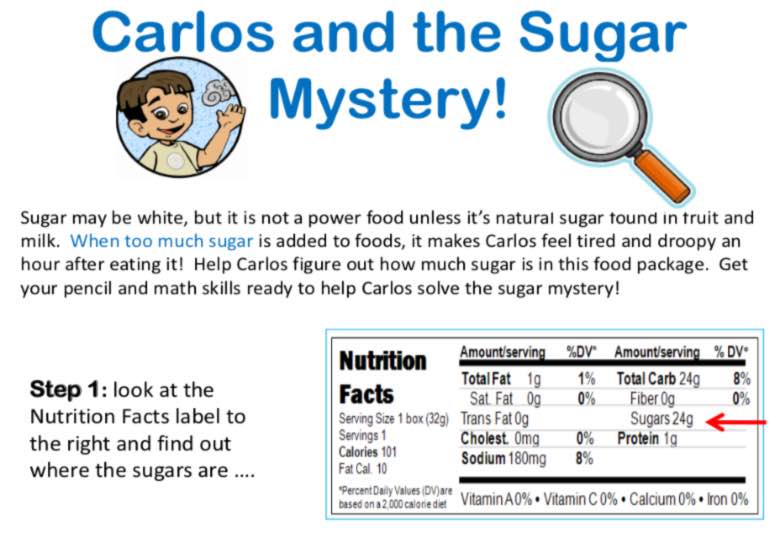


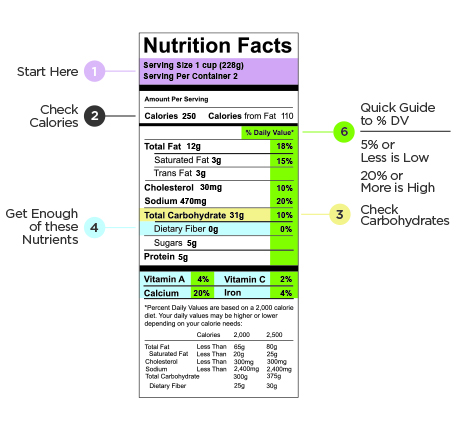
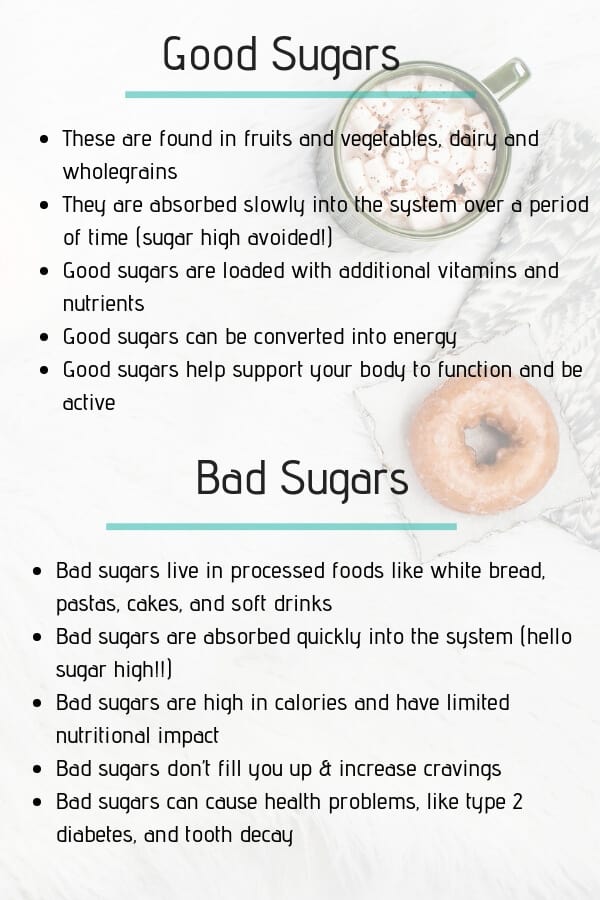
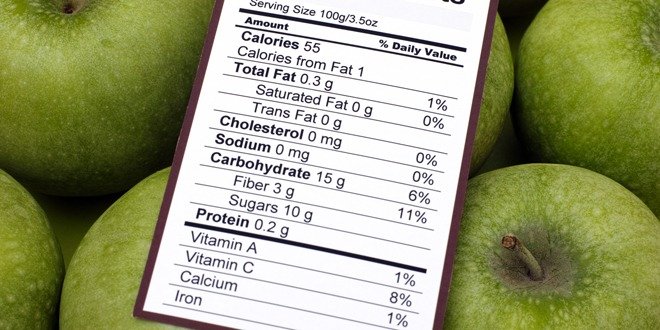
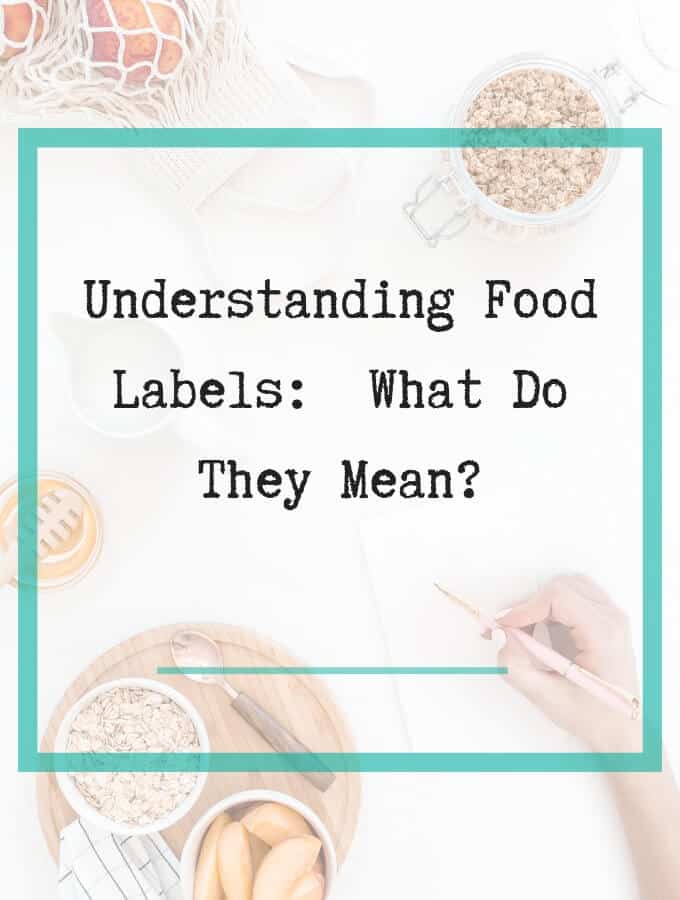




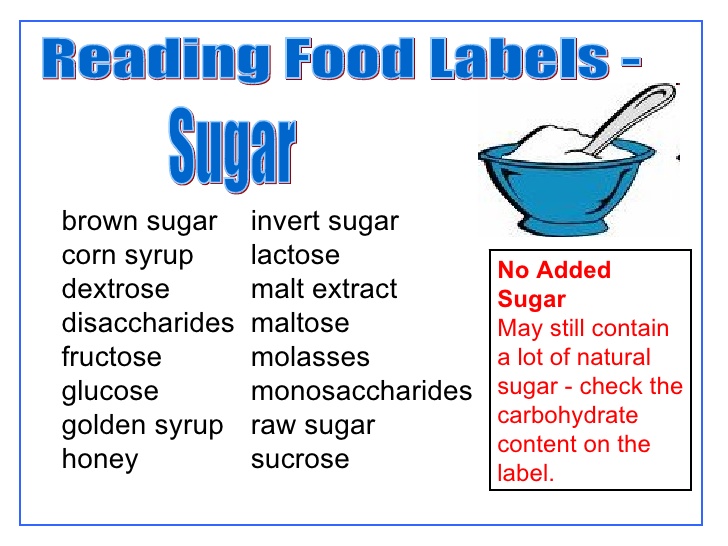



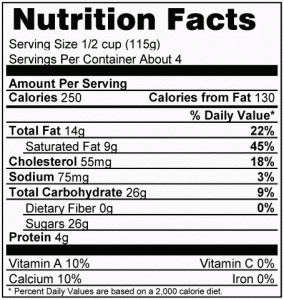




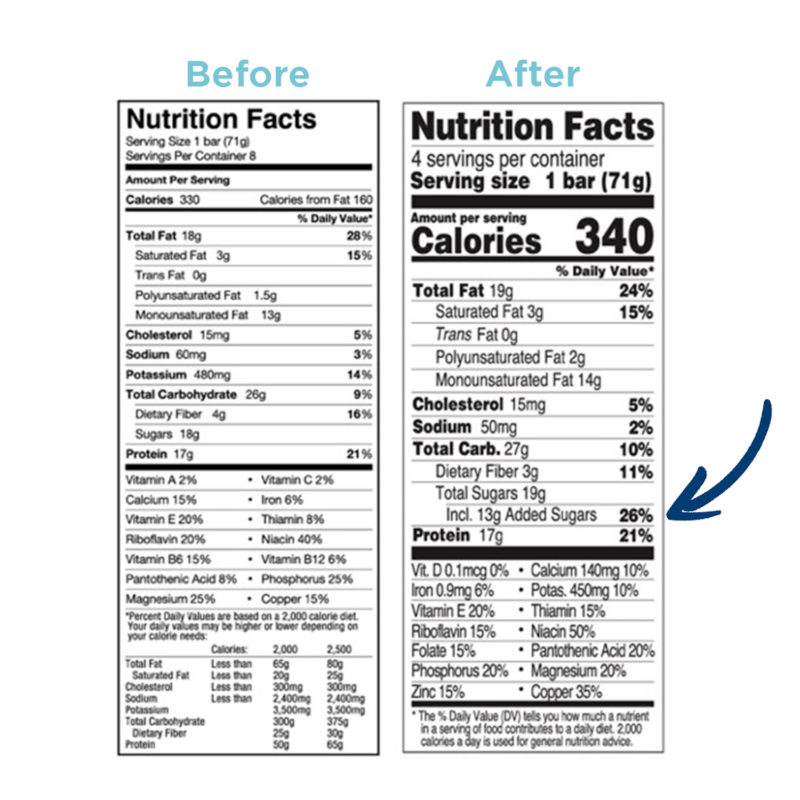

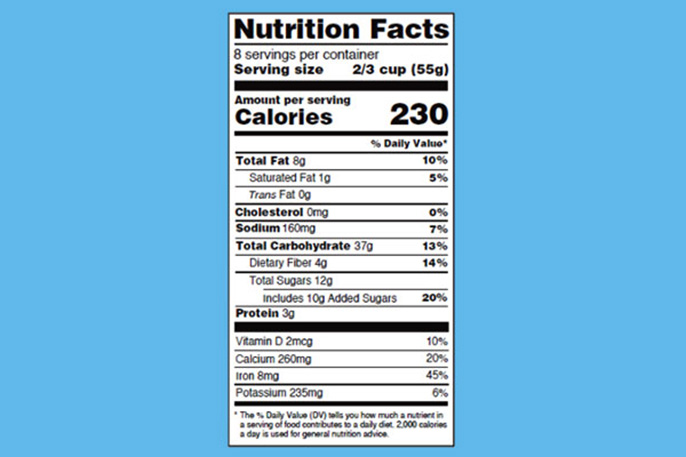


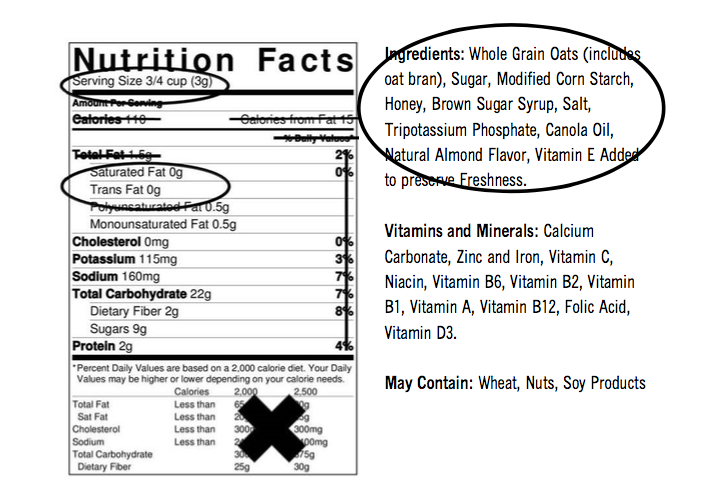


/https://www.thespec.com/content/dam/thespec/life/health-wellness/advice/2020/06/23/reading-the-food-label-six-things-to-look-for/labels.jpg)
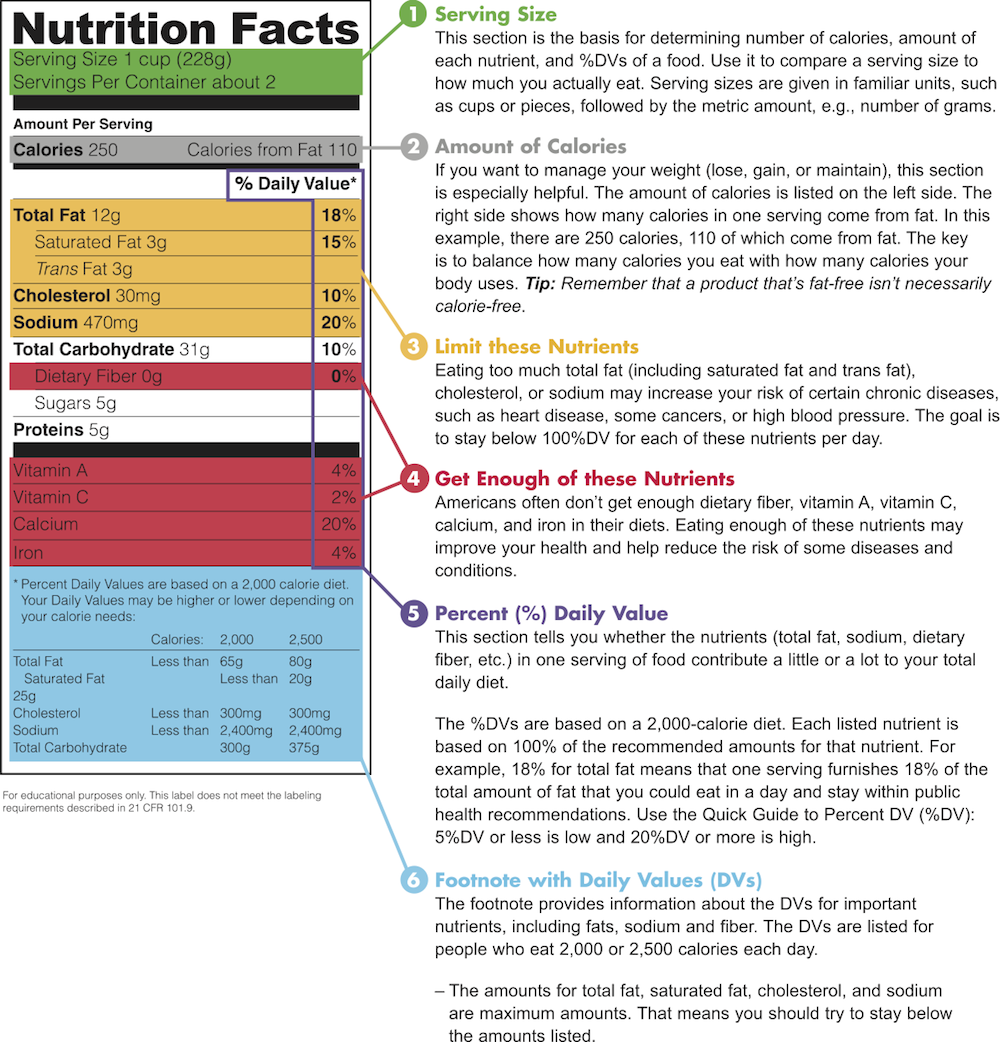

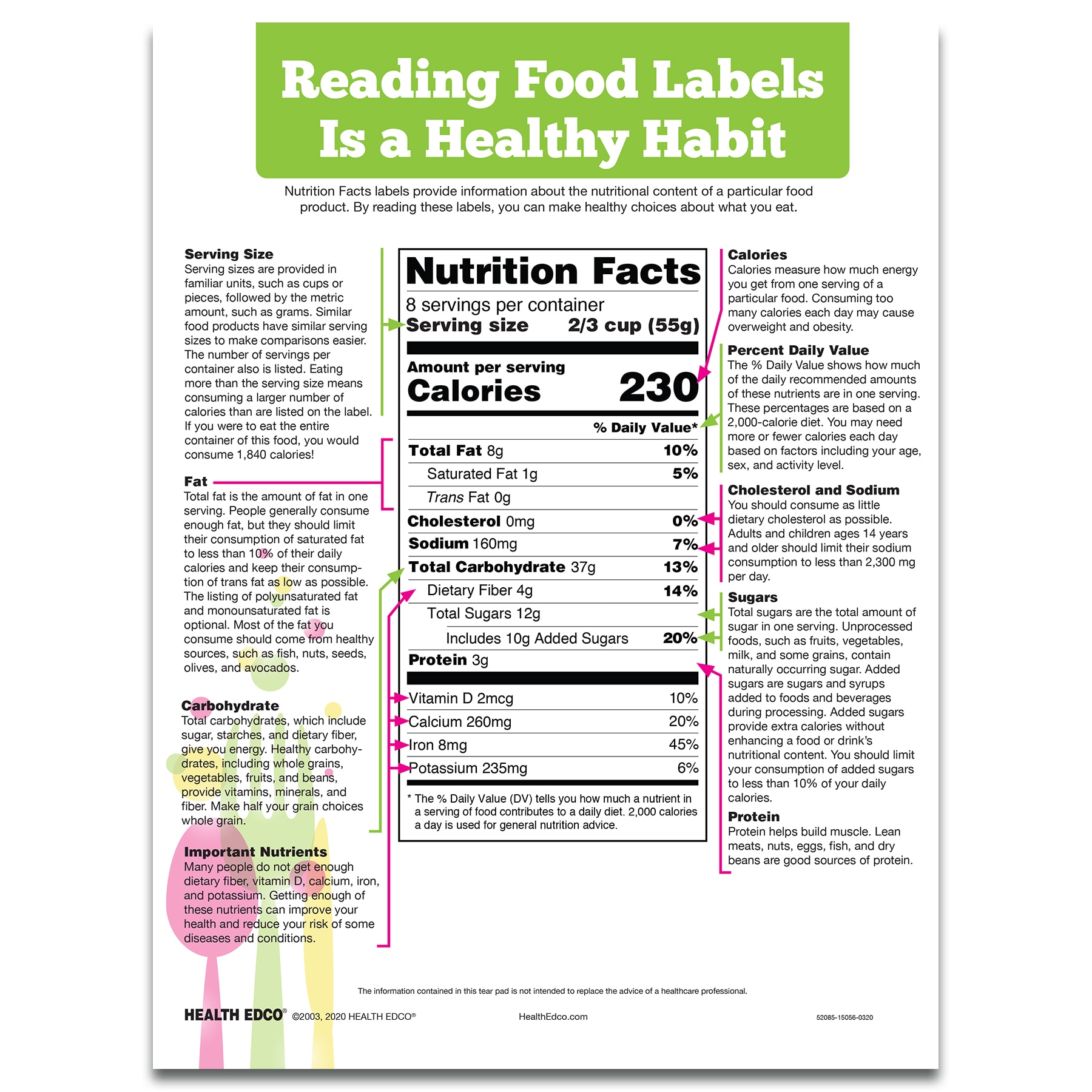
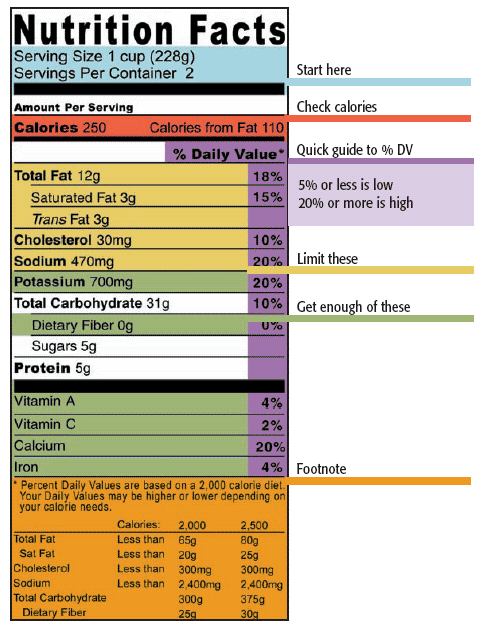
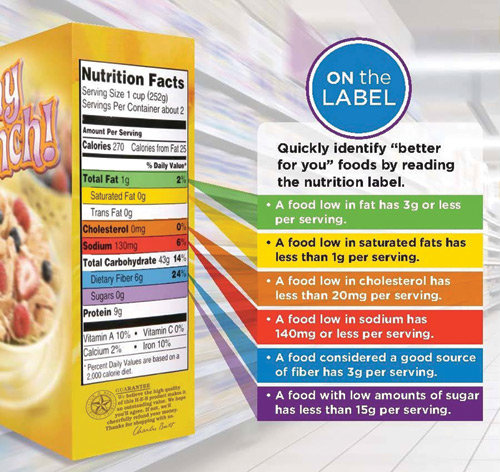



Post a Comment for "41 reading food labels sugar"